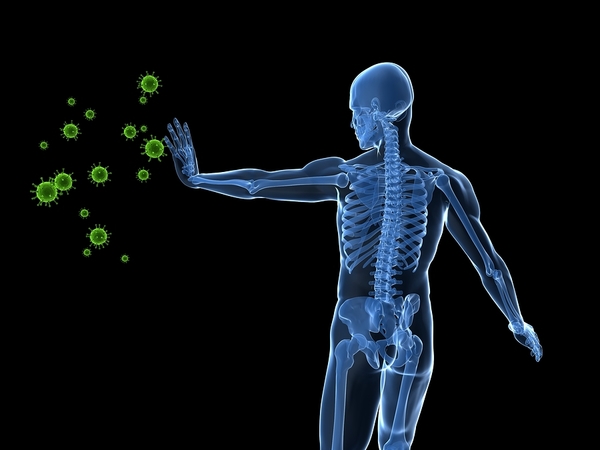
Rotator Cuff Syndrome
The rotator cuff refers to a group of muscles and their auxiliary tendons located in the crux of the arm, where the upper arm meets the shoulder blade. These muscles are responsible for the external and internal rotation of the arm and arm bone as well as the abduction of the arm at the shoulder.
As such, they are the shoulder muscles most vulnerable to injury.
Rotator cuff syndrome is an overarching term that refers to injuries and pain sustained by this group of muscles. A common example of injury is a tear to one of the muscles that develops over the long term from repetitive stress: for example, a baseball pitcher delivering fastballs for a living is repetitively yanking his arm and subjecting the muscles to extra stress. No matter how strong or resilient his rotator cuff muscles may be, they can still sustain damage from enough repetitive stress.
For those of us who do not pay the bills with professional baseball, rotator cuff injury can occur from more ordinary tasks including painting, weight lifting, gardening, swimming, or any task that regularly rotates the shoulder. A more serious example of rotator cuff injury occurs when the nerves passing through the shoulder joint are pressurized. This can cause loss of functioning and numbness to occur throughout the shoulder and arm.
Surgery is a consideration for the most serious forms of rotator cuff injury. But if you are suffering from most common tears and damage to the tissues, a more conservative, non-invasive treatment could be called for. Chiropractic adjustment applies gentle, directed pressure to joints, restoring them to their normal position and reinstating a normal state of motion. This will allow the surrounding muscles to settle back into a state of balance. If muscles or tendons are torn, we use hands-on manipulation to encourage blood flow to the injury, bringing healing oxygen and nutrients.
If you are suffering from rotator cuff syndrome, call our office in Fremont at (510) 656-9077.
Dr. Francis Scorca, D.C.